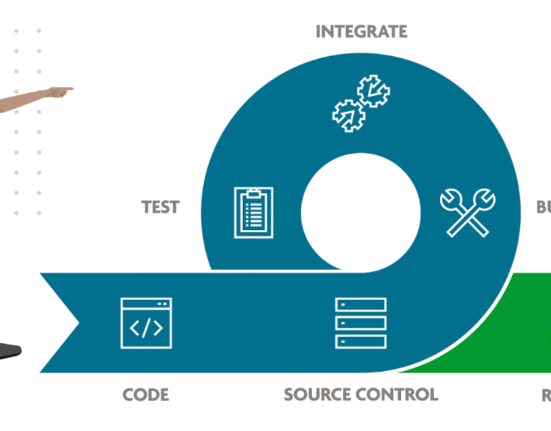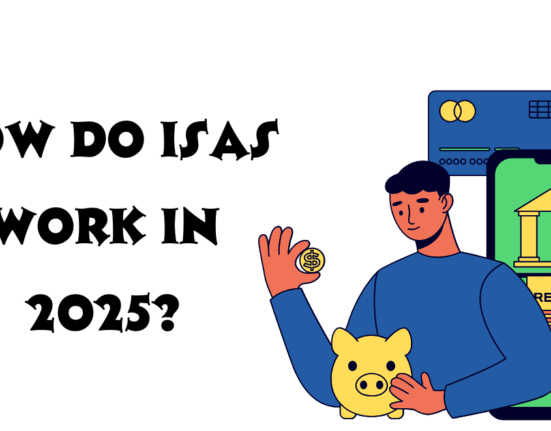Why does HMRC keep talking about 3000? If you’ve asked yourself that after opening a brown envelope from the taxman, you’re not alone. In 2025, this number has become one of the most confusing (and sometimes frustrating) parts of UK tax.
For some, £3,000 is a side hustle threshold — the point where you need to start filing a return. For others, it shows up as a notice about savings interest, a tax refund, or even a surprise bill. Pensioners, gig workers, freelancers, and PAYE employees are all running into it.
The problem? HMRC hasn’t exactly made it simple.
That’s why we’ve pulled everything together — so you’ll finally understand what “HMRC 3000” really means, how it affects you, and what to do next.
So, What Does “HMRC 3000” Actually Mean?
The truth is, there’s no single “HMRC 3000 rule.” Instead, £3,000 pops up in a few different corners of the tax system:
- Side hustles: Earn more than £3,000 from gigs or extra work? You may need to file a self-assessment.
- Pensioners: Get more than £3,000 in savings interest? Expect a notice in the post.
- Refunds: Some taxpayers are getting £3,000 back after overpaying tax.
- Underpayments: Others are shocked by bills for £3,000 in tax they didn’t realise they owed.
- Inheritance tax: Don’t forget the long-standing £3,000 gift allowance each year.
That’s why the number keeps surfacing — it’s the line where HMRC takes a closer look.
HMRC 3000 Threshold for Side Hustles
The UK’s side hustle economy is booming — from driving an Uber at weekends to flipping clothes on Vinted, creating TikTok content, or dog walking on the side.
From 2025, there’s a new £3,000 reporting threshold:
- If your side income is under £3,000, you may not need to file a return.
- If it’s over £3,000, you’ll likely need to register for self-assessment and declare it.
This is meant to free up around 300,000 people from tedious tax admin. But don’t be fooled: under £3,000 doesn’t automatically mean “tax-free.” If your total income (job + side hustle) goes above your personal allowance (£12,570), HMRC still expects its cut.
Example:
- You earn £2,800 from freelancing online. No need to file if that’s your only extra income.
- You earn £3,200 reselling trainers. Now you’ve crossed the line — time to file.
Pensioners and the £3,000 Savings Notice
It’s not just gig workers. Pensioners are opening HMRC letters warning them about savings income over £3,000.
Here’s why:
- The state pension often pushes people close to their tax-free allowance.
- Add in a few thousand pounds of interest from bank accounts, and suddenly you’re over the threshold.
- HMRC sends out notices to adjust your tax code or ask for payment.
For pensioners living off savings, this can feel like a nasty surprise.
Example:
Margaret gets £2,500 a year from her state pension and £3,200 from her ISA interest. Result? She crosses the line, HMRC adjusts her tax code, and she ends up owing tax she didn’t expect.
HMRC 3000 as a Refund
For others, the £3,000 figure is welcome news. Overpaid through PAYE? HMRC might send you a refund cheque or bank transfer for £3,000 (or more).
- Most common reason: tax codes not keeping up with changes to your job, pension, or benefits.
- Refunds are triggered by the P800 reconciliation
How long does it take?
- Bank transfer: 3–5 working days.
- Cheque: up to 4 weeks.
If you’re wondering whether you’re due money, check your HMRC personal tax account.
When HMRC Says You Owe £3,000
Then there’s the darker side: “You owe £3,000 in tax.” It’s a shock that many people are seeing in 2025, especially on forums like Reddit.
Usually, it’s because your employer or pension provider used the wrong tax code, you had multiple sources of income HMRC didn’t connect (see our list of tax codes and what they mean), or benefits-in-kind (like a company car) weren’t taxed correctly.”
What to do if it happens:
- Double-check it. Compare against your payslips and P60.
- Don’t ignore it. Interest and penalties build fast.
- Spread the cost. Use HMRC’s “Time to Pay” to clear it in instalments.
Declaring Income Over £3,000
Crossed the line with your side hustle? Here’s the process:
- Register online for self-assessment.
- Keep simple records (bank statements, invoices, receipts).
- File your return after 5 April using HMRC’s online service.
- Pay any tax owed by 31 January.
Pro tip: even if your side hustle earns just under £3,000, keeping records is smart. HMRC can request proof any time. |
Clearing Up the Myths
When it comes to the £3,000 tax threshold, a lot of misinformation floats around. Here’s what’s true and what’s not:
| Myth | Reality |
| “Earning under £3,000 means no tax.” | Not true. You may not need to file a tax return, but if your overall income exceeds your personal allowance, HMRC can still tax it. |
| “The £3,000 rule is the same as the inheritance gift allowance.” | Wrong. The £3,000 inheritance allowance applies only to gifts under inheritance tax rules, not income tax. |
| “Refunds over £3,000 are instant.” | False. HMRC refunds usually take 5 working days if sent to your bank, or up to 4 weeks if paid by cheque. |
What You Should Do Next
Here’s how to handle the £3,000 rule depending on your situation:
- Side hustlers → earning over £3,000? Register for self-assessment now.
- Pensioners → received a savings notice? Check your tax code and adjust early.
- Refund cases → log into your HMRC account and see if a P800 is waiting.
- Underpayment cases → verify, then call HMRC to set up a plan.
FAQs
Q. Does HMRC automatically refund tax?
Yes, in many cases, HMRC refunds are automatic. Overpayments are usually picked up through a P800 tax calculation or a Simple Assessment notice. However, not every case is flagged, so it’s best to log into your HMRC personal tax account to check if you’re due money.
Q. What if I earn under £3,000 from a side hustle?
Earning less than £3,000 in side income doesn’t always mean you avoid tax. HMRC may collect it through your tax code instead of a full self-assessment. The key factor is your total taxable income — if it exceeds your Personal Allowance (£12,570 in 2025), you’ll still owe tax. Always keep records, even for small side hustles.
Q. How long does a £3,000 refund from HMRC take?
If claimed online with a bank transfer, most refunds arrive within 5 working days. A cheque can take up to 4 weeks. During peak tax season, delays are possible, so it’s smart to claim early and track progress via your HMRC account.
Conclusion
The “HMRC 3000” number isn’t one neat rule — it’s a cluster of thresholds, notices, and limits that taxpayers keep running into. Side hustlers need to know if they’ve crossed the new £3,000 reporting line, while pensioners should be alert to savings notices. For some, it means smiling at a £3,000 refund, but for others, it’s reeling from a £3,000 tax bill.
The key? Don’t ignore HMRC letters, and don’t assume £3,000 means the same thing in every case. Check your online account, keep your records, and stay ahead of the curve — because with HMRC, silence usually costs more than action.
Visit: Pure Magazine








